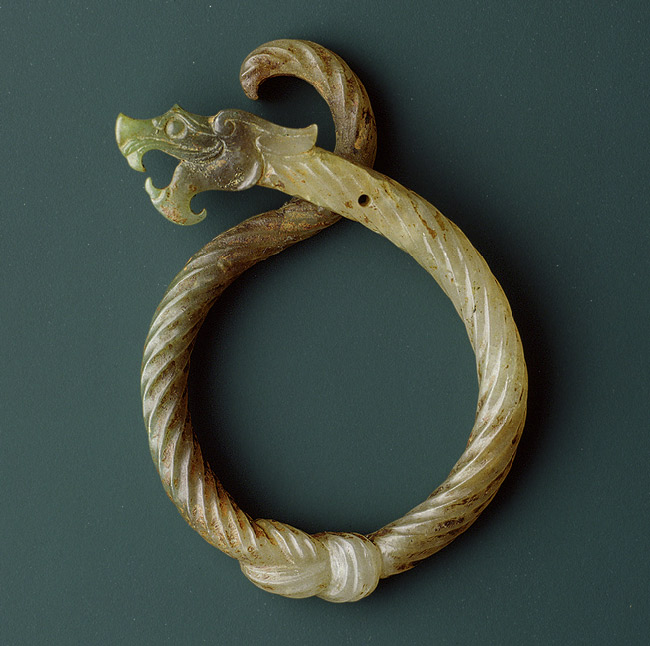Subitai wrote:====================================
WING CHUN
Not to get the WC people fired up. But I feel that allot of Modern Male dominated WC players have made the style very hard and forever pushing / PRESSING forward. In essence a springy PENG forward. Especially in Chi Sao.
If it really was designed for a woman...that should not be the way IMO. It should be relaxed and yielding (as it is often played by good WC people) But Never the aggressive pressure>> pressure>> pressure>> into your opponent that allot of modern guys use.
Tan, Bong, Fuk...I would just stick and follow but not press forward. Defend to expose an opening and then MOVE IN to take advantage. My opinions...
Wing Chun as I was taught it.. was NOT designed for or by a woman - any more than Taiji was designed to be used by taoist sages floating on clouds (ie that's a farcical creation myth that served a purpose - much like ZSF with TJ)
My teacher's lineage was often vocal that other (HK) lines of (YM) WC are NOT 'pressing forward' enough in chi sao. According to my teacher that is an essential (basic) component of chi sao, in that it 'tests' the person's structure.
It was stressed to me that 'chasing hands' and 'playing the chi sao game' are not constructive uses of training time - we test the structure that way because, if there is an opening/weakness in it, we push forward through that and strike. Much emphasis was placed on driving through the bridge to strike, and that a sound structure was required to stop such an attack in response. Testing that structure while rolling in chi sao is just introductory, basic training.



